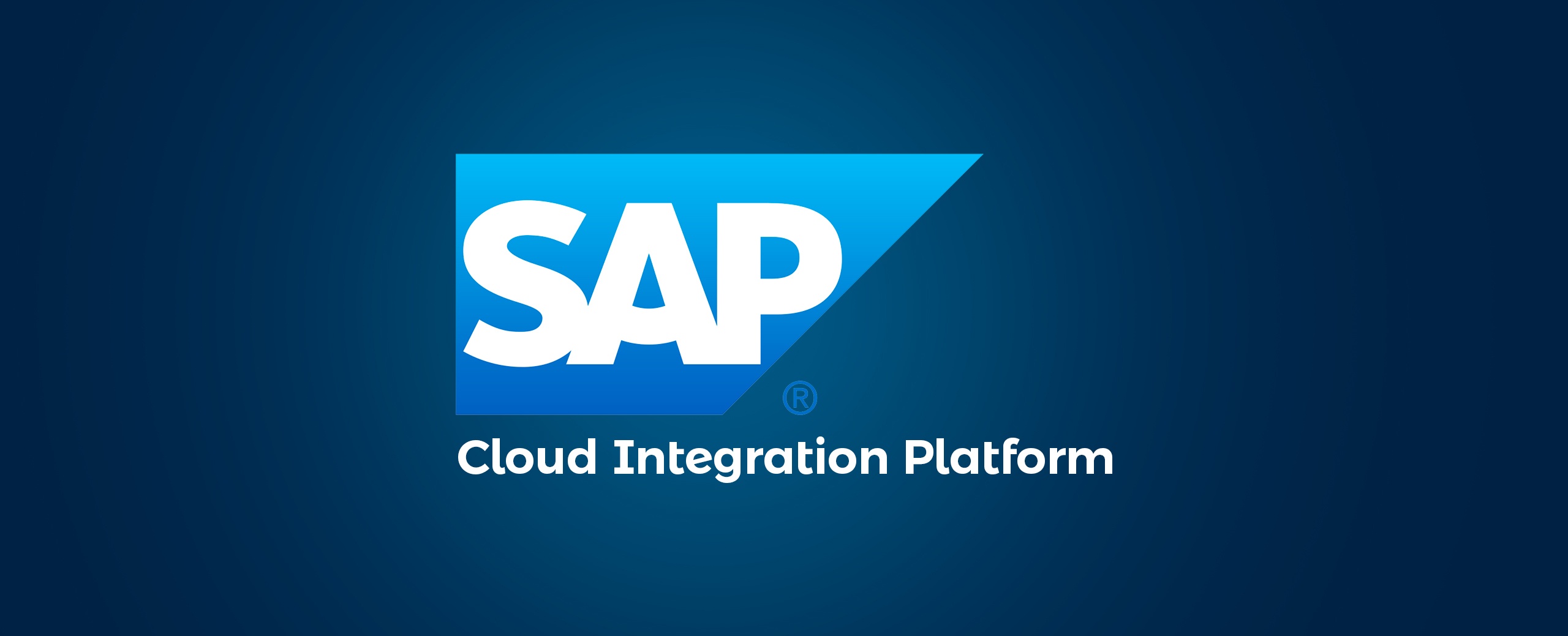Post Preview
Key Takeaways:
- Understand the significance of integration in modern enterprise systems.
- Explore the functionalities of the SAP cloud platform.
- Learn how seamless integration can drive business success.
- Discover real-world examples and data-backed insights.
Introduction
In today’s fast-paced digital era, robust and seamless integration within enterprise systems is a luxury and a necessity for maintaining a competitive edge. The SAP cloud platform is a pivotal solution, offering the tools to unify diverse applications, data, and processes. This platform is more than just a collection of tools; it represents a strategic approach to transforming operations. By integrating systems effectively, businesses can achieve a holistic operations model that enhances efficiency, fosters innovation, and ultimately drives success.
What is SAP Cloud Platform?
Businesses may create, implement, and manage cloud-based applications with SAP cloud platform, an open platform-as-a-service (PaaS). Its extensive technical capabilities provide a robust foundation for development and operations. However, what truly sets the platform apart is its integration features. According to industry experts, its flexibility and customization options are unparalleled. This enables companies to customize solutions to meet their requirements, efficiently tackling particular difficulties and grasping fresh possibilities. The platform’s modular nature means organizations can scale their operations without a complete system overhaul, offering agility and longevity in their digital transformations.
The Role of Integration in Modern Enterprises
Integration is crucial in today’s complex business environments, where multiple applications operate across different platforms. To avoid breakdowns and data discrepancies, a unified system is essential to mitigate risks and inefficiencies. Businesses may guarantee smooth data flow across different apps using the SAP cloud platform’s features. This unification allows for real-time insights, significantly improving decision-making processes. By eliminating data silos, the platform ensures that information is readily accessible across departments, enhancing both collaboration and operational efficiency. This integration forms the backbone of a responsive and agile organizational structure, ready to adapt to changing market conditions.
Benefits of Using SAP Cloud Platform for Integration
Adopting the SAP cloud platform for enterprise integration brings several transformative benefits:
- Increased Efficiency: By minimizing data silos and reducing redundancy, businesses can optimize their operations. The platform’s ability to automate many integration tasks reduces manual effort, allowing for a more streamlined and productive workflow.
- Real-Time Analytics: Access to real-time data is crucial for making informed decisions quickly. Instant access to crucial information is made possible by it, allowing companies to react quickly to internal demands and market changes.
- Cost Savings: Consolidating various systems onto a single platform can substantially reduce IT overheads. By simplifying the IT landscape, companies can lower maintenance costs, reduce complexity, and allocate resources more effectively.
- Scalability: As business requirements evolve, so does the need for a scalable solution. The platform offers the flexibility needed to scale operations efficiently, ensuring the platform grows with the business without disrupting existing processes.
Real-World Examples of Integration Success
Many businesses have capitalized on the SAP cloud platform to achieve notable integration successes. Consider the example of a leading retail firm that enhanced its supply chain visibility by integrating its legacy systems with the SAP cloud platform. Because of this integration, logistics costs were remarkably reduced by 20%. This was made possible by increased supplier cooperation and effective inventory management. Another noteworthy example is a healthcare provider integrating patient data across various departments using the platform. The result was better patient care and significantly enhanced operational efficiency, as medical records and treatment plans were easily accessible and consistently up-to-date.
How to Integrate SAP Cloud Platform
Embarking on the integration journey with the SAP cloud platform involves several strategic steps:
- Assess Current Systems: Evaluate your existing infrastructure to identify integration points. This assessment helps to highlight areas where integration can bring the most value and address current operational inefficiencies.
- Develop a Strategy: After the evaluation, create a thorough plan that complies with the technical specifications and your commercial objectives. Your strategy should outline the scope of the integration, resource allocation, timelines, and key performance indicators (KPIs).
- Utilize SAP Tools: SAP offers tools and services to simplify integration. From pre-built connectors to APIs and integration templates, these tools can significantly ease the implementation process and mitigate risks.
- Continuous Monitoring: After implementation, it is critical to monitor and optimize integration processes regularly. Ongoing observation guarantees that the integration stays effective and that any new problems are immediately addressed. This ongoing optimization helps maintain a seamless integration environment.
Challenges and Solutions in Integration
While integration offers substantial benefits, it has its challenges. Common issues include data inconsistency, compatibility problems, and security concerns. Nevertheless, by using best practices, these difficulties may be handled successfully. Implementing data governance frameworks ensures data consistency and accuracy across integrated systems. Robust encryption methods address security concerns, safeguarding sensitive information. Additionally, choosing a reliable platform like the SAP cloud platform is vital. As highlighted by technology analysts, a reliable platform simplifies the integration process and ensures robust security and compatibility, effectively mitigating potential risks.
Future Trends in Enterprise Integration
The future of enterprise integration is poised to be dominated by automation and artificial intelligence (AI). The way organizations approach integration is about to transform because of technologies like machine learning models and predictive analytics. These advancements will enable predictive maintenance, automatically identifying integration issues before they impact operations. Additionally, AI can optimize workflows in real time, making processes more proactive than reactive. The SAP cloud platform leads the way in this technological shift, continually enhancing itself to meet future needs and assisting businesses in maintaining a competitive advantage in a rapidly changing market.
Conclusion
In conclusion, the power of integration using the SAP cloud platform cannot be overstated. It provides a complete answer for companies seeking to enhance productivity, streamline processes, and stay ahead in a quickly changing industry. By leveraging the platform’s robust capabilities, enterprises can unlock unprecedented levels of productivity and innovation, ensuring long-term success. While there may be obstacles on the integration path, companies may get beyond them and gain a lot by using the appropriate tactics and resources, strengthening their position in the industry, and attaining long-term success.
Stay in touch to get more news & updates on Essential Tribune.Com!








